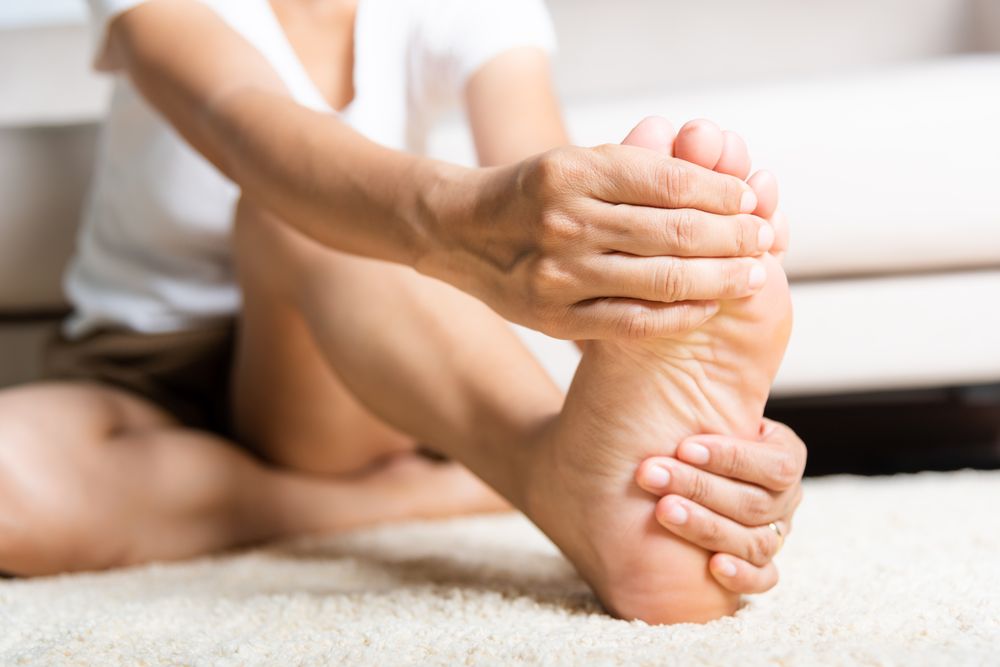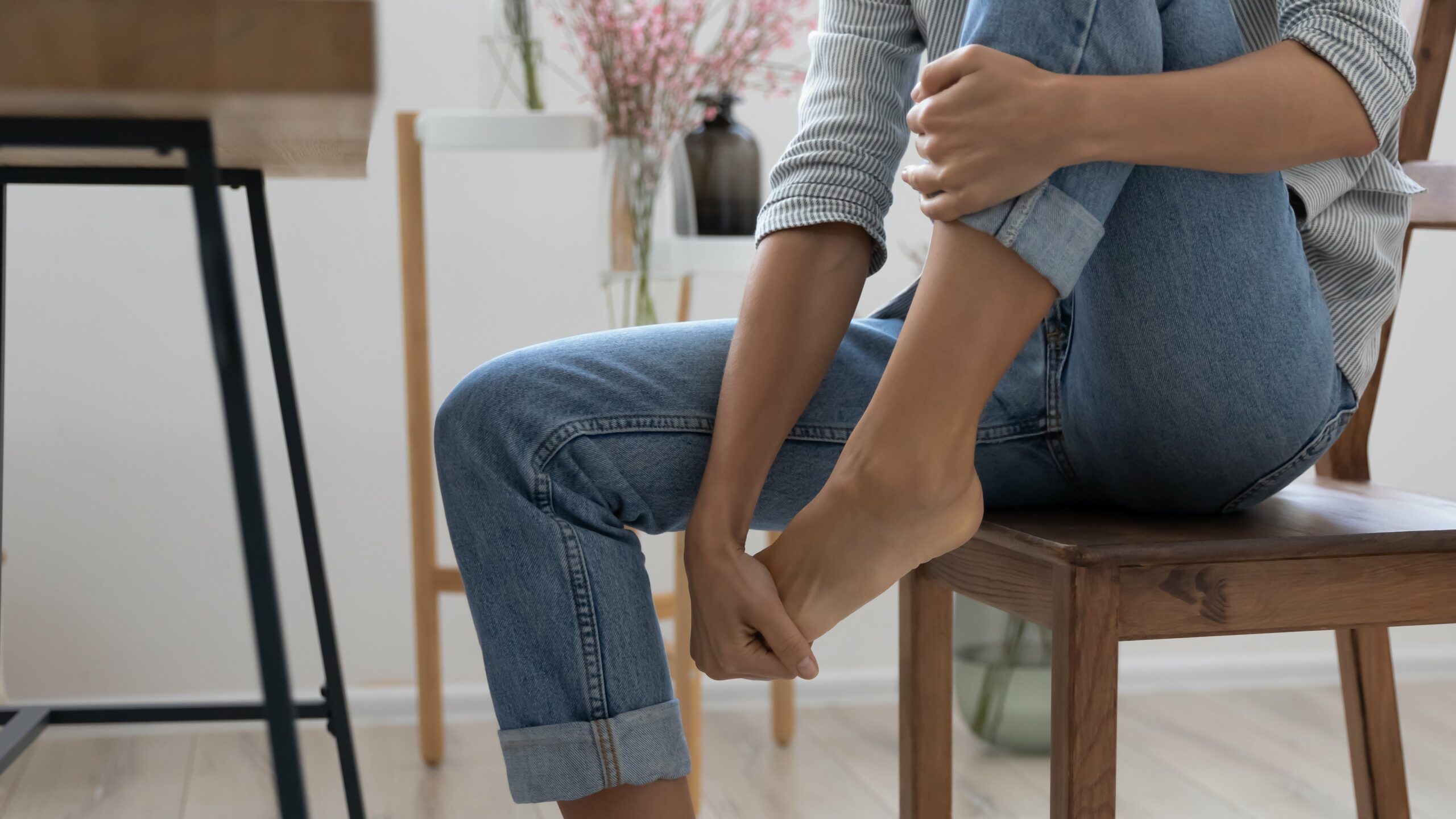Diagnosis and Treatment of Claw Toe in Wake County

What is Claw Toe?
Claw toe is a type of digital deformity of the foot. This condition occurs when there is flexion at the middle and end toe joints and extension at the metatarsophalangeal joint (MTP) joint, causing the toes to bend downward and curl. This makes your toes look like claws. Often, one or more of the four small toes is affected. People who develop claw toes often have a higher foot arch or an imbalanced pull from muscles in the foot. Metatarsalgia (ball of foot pain) is a common side effect of claw toe, because pressure is applied to the ball of the foot as the toes retract.

Causes of Claw Toe
Common causes of claw toe include:
- Improper footwear – shoes that are too short or narrow can squeeze the toes
- Nerve damage – diseases such as diabetes or Charcot-Marie-Tooth can weaken the muscles in the foot, causing imbalances that force your toes to bend
- Trauma or injury to the toes
- Inflammation – disorders like rheumatoid arthritis can cause your immune system to attack healthy joint tissues, leaving your joints inflamed and prone to deformities
Symptoms of Claw Toe
Being aware of the possible symptoms of claw toe is key to finding relief. If you notice any of the following symptoms affecting your feet and toes, we encourage you to schedule an appointment with an orthopedic specialist at Raleigh Orthopaedic.
- Toes bend downward (flexion) at the middle joint
- Corns (hard, thickened areas of skin) or calluses develop under the ball of the foot or at the top of the toe
- Loss of toe flexibility
- Swelling and/or redness of the toes
- Metatarsalgia (ball of foot pain)
How is Claw Toe Diagnosed?
Your doctor will conduct a physical exam to evaluate the rigidity and angulation of the toes. Imaging tests, such as X-rays, may also be used to determine the extent of your condition and any related damage. The results of these tests can also help define the best course of treatment. It is important to seek treatment as soon as you notice symptoms. If left untreated, the affected toes may become inflexible and significantly impact the ability to walk and run without pain.

Treatment Options for Claw Toe at Raleigh Orthopaedic
Claw toe can be treated surgically or nonsurgically. Your provider will let you know which treatment options are right for you.
Claw toe is initially treated with a conservative approach. Non-surgical methods include wearing a splint, taping the affected toes to hold them in the correct position, and/or wearing shoe inserts to relieve pressure on the ball of your foot. Tight shoes are typically advised against.
A surgical approach may be necessary for severe, rigid cases of claw toe. Procedures may include shortening the bone located at the toe’s base and straightening the bones in the affected toes. Your doctor may also recommend the insertion of a temporary wire or pin to hold the toes in the correct position while they heal over the course of six to eight weeks. Other surgical treatment options include tendon lengthening and rerouting or toe fusion. These are outpatient surgeries, meaning that you won’t have to stay overnight in the hospital and may return home the same day.

Recovering from Claw Toe Surgery
Recovery from claw toe surgery can last anywhere from a few weeks to a few months depending on the duration of symptoms. Your toe will likely be stiff and swollen immediately after surgery. You will need to wear a special shoe that is designed to protect the toe and keep it in the proper position for three to six weeks. Stitches will be removed two weeks after surgery. You will most likely require one to four weeks off work and you will be able to drive again in four to six weeks.
Can Claw Toe Be Prevented?
Claw toe can be prevented by performing toe exercises. Stretching the toes out and even picking up small objects with your toes are great ways to strengthen the toe muscles. Wearing comfortable shoes can also help prevent claw toe. The best shoes to wear offer good support and have a wide space for the toes. Avoid shoes such as high heels, flip flops, and pointed shoes. Filing down your corns and calluses using a pumice stone has also been known to prevent claw toe.

Comprehensive Foot and Ankle Care at Raleigh Orthopaedic
If you are experiencing symptoms of claw toe, Raleigh Orthopaedic has foot and ankle specialists and a podiatrist who are committed to helping you achieve a full and speedy recovery. Once we’ve examined your injury, we will create a personalized treatment plan and answer any questions you may have along the way. Book online or give us a call today to schedule an appointment with one of our orthopedic specialists in Wake County.




